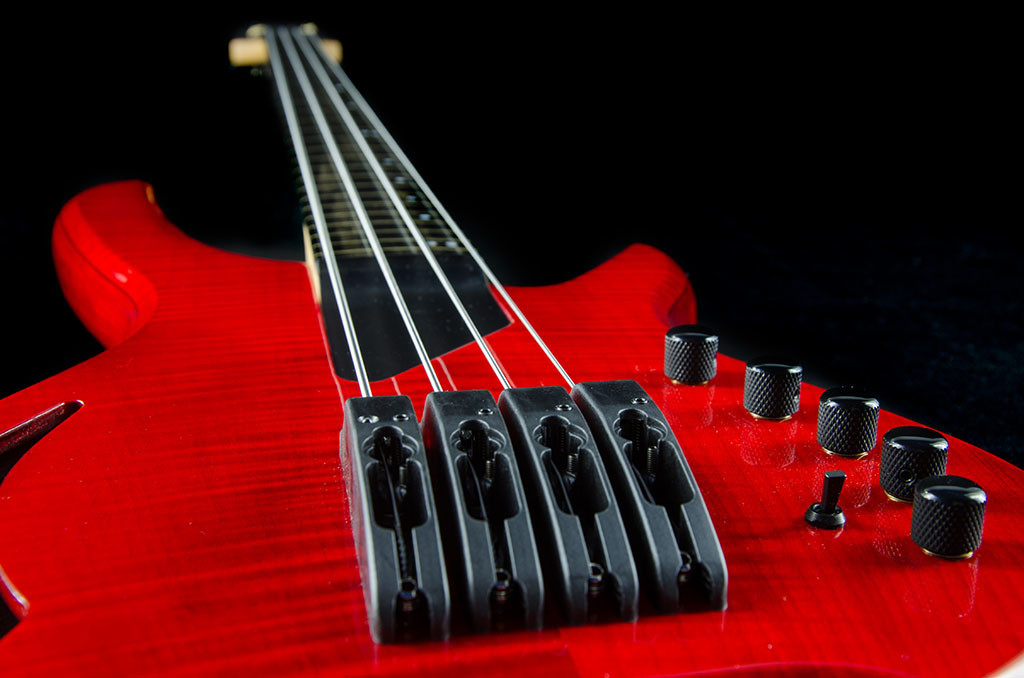Optical pickups – why, you ask? Is it technology for the sake of technology? Clearly you could ask that about any advance in the evolution of musical instruments. Technology has been closely linked to creativity since music began. Each step in the evolution of musical instruments has expanded the possibilities for new ideas, new sounds, and new tonal possibilities. Imagine the inspiration felt by the first violinists who played Stradivarius violins! Was that not a technological breakthrough? Or, in a more recent development, who could deny the impact on music that the first FM digital synthesizer, the Yamaha DX7, had when it arrived on the scene in the early 80’s? It came out about the same time that MIDI was becoming established as a digital protocol for musical instruments, and the mark these two technologies left on all styles of music in the 80’s was immense, and continues on to this day. It would be possible to name almost any significant technical advance in musical instruments, and see that it had an impact on the composition, production, and sound of popular music. In addition to playing a supporting role in artistic creativity, the design and creation of musical instruments and supporting gear is an art form in its own right.
So, it looks like we can safely say that there is an intrinsic link between technology and creativity. With that in mind, let’s take a closer look at optical pickups for string instruments. First, I will describe the basic characteristics of optical pickups, and then in the next chapter compare them to the two other established string pickups, magnetic and piezo. This will illuminate the reasons why optical pickups offer a unique technological advantage.
Optical pickups are analog transducers, and they directly sense string vibration, but without contact or intrusion. Each string has an infrared emitter on one side, and a pair of photodetectors on the other. The emitter casts a shadow of the string on the detectors; vibrating the string causes the size and shape of the shadow to change, and this changing shadow modulates a standing current in the detectors. The resulting electronic waveform is sent to a set of onboard preamps, and from there is summed up and routed to the output of the instrument and on to the amplifier or recording console. Tone shaping is available onboard the instrument, or at any of the usual places, such as amplifier tone stacks, outboard signal processors, and effects loops. Using light in this way, as a non-contact and non-intrusive string transducer, has many advantages, including: a very accurate and highly detailed analog waveform; full spectrum frequency response; very wide dynamic range; studio-quiet output; high sensitivity to player technique and nuance; expanded versatility in tonal possibilities; balanced response across all strings and frequencies; long and natural sustain; and greatly increased articulation between notes and strings. This level of articulation is also due to the fact that each string has its own totally separate transducer, so there is zero electrical crosstalk, and minimal mechanical crosstalk. Having separate transducers for each string also paves the way for our newest innovation, HexFX.
I will continue with the comparison between optical pickups, and magnetic and piezo pickups, in the next chapter. Later, I will also expand on each of the characteristics of optical pickups mentioned above; and last but not least, stay tuned for more info on HexFX.
